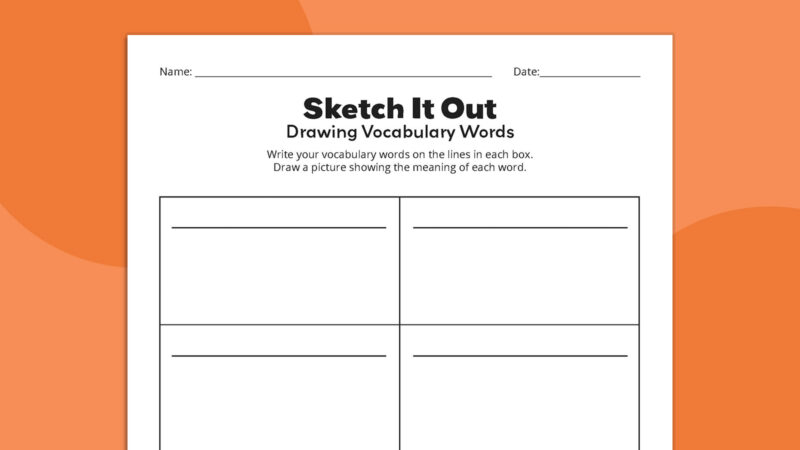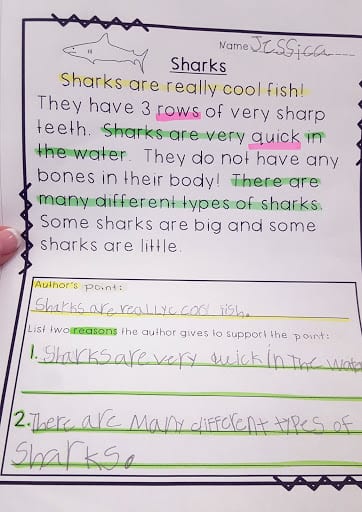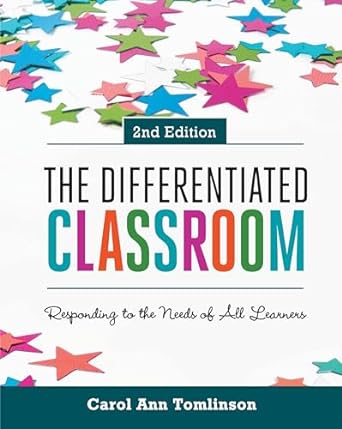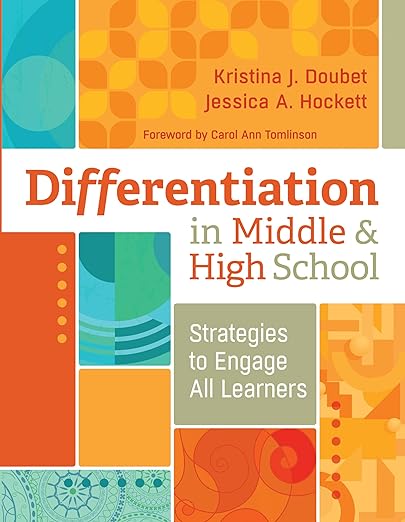
By now, differentiation is everyday practice. The fact is, if you have a group of 20 students, you have 20 different personalities, interests, and approaches to learning. Differentiated instruction is a way of thinking about how to meet the needs of all students in your classroom and make sure every student learns.
What is differentiated instruction?
Differentiation means adjusting what is taught, how it’s taught, what students produce, and adjusting the classroom environment to meet the needs of all students in your class. It’s a proactive approach to addressing learners’ needs. Differentiated instruction means that each student is working on content that they need to learn and on projects or activities that engage them. It’s not a strategy but a framework for how teachers approach planning and delivering lessons.
Carol Ann Tomlinson first defined the ideas behind differentiated instruction in the 1990s, and it quickly gained traction. Tomlinson identified how teachers should think about differentiated instruction while planning, considering three ways to think about students (readiness, interest, and learning profile) and four ways to differentiate (content, process, product, and learning environment) to customize in their classrooms.
Differentiation can be as simple as pulling together small groups that are working on the same reading skill, or as complex as having 20 students working on 20 different projects. How you differentiate and what it looks like will depend on the lesson’s objectives and the students you have.
How do teachers implement differentiated instruction?
As teachers use differentiated instruction, first they take student characteristics into account. Then they plan for learning using the four aspects of differentiation.
Student characteristics
Student readiness
Each student will arrive at a new topic with a different level of knowledge and competency. Teachers gauge which skills students are ready to learn and what knowledge they already have before planning instruction. For example, a pre-test on the water cycle may show a teacher which students are familiar with the water cycle vocabulary and which need to be pre-taught important words before the main lesson.
Student interest
Student interest refers to students’ inherent passions and preferences. Yes, teachers need to cover the standards and topics for the grade, but knowing what students are interested in can shape how those topics are covered. For example, when studying extreme weather, a teacher who knows that many students are interested in engineering may offer students the choice of learning how weather events impact buildings around the world.
One way to understand your students’ interests is by administering a student survey.
Learning profiles
A learning profile is not a learning style. Instead, it is the combination of aptitudes and preferences that students bring to a lesson and how they approach their learning. A student’s learning profile impacts whether they will choose to write an essay or create a diorama, for example.
Planning for differentiation
Once teachers know who they are teaching, then Tomlinson outlines four ways they can differentiate.

Content
Content refers to how students access information or what the student is provided with to learn. Some ways to differentiate for content include:
- Using leveled reading materials
- Recording text into an audio file
- Using spelling or vocabulary lists that are at students’ levels
- Presenting ideas visually or auditorily
- Using small groups to re-teach or pre-teach skills
Process
Process refers to the activities the student does to master content. Some ways to differentiate the process include:
- Allowing students to explore topics that interest them
- Providing differing lengths of time to complete projects
- Creating personal to-do lists
- Providing hands-on materials for students
Product
Product is what the student produces to show their learning. Ways to differentiate for product include:
- Providing options for how students express what they learn (a speech, written report, diagram with labels)
- Using rubrics that provide clear criteria for mastery and extension
- Providing students with the option of working together or alone
Learning environment
The learning environment is the space where students learn, typically the school and classroom. Ways to differentiate the learning environment include:
- Creating different spaces to work
- Providing materials that are diverse
- Setting clear guidelines for independent work
- Letting some students work alone while others work in groups
- Having routines that allow students to get help when teachers are busy with other students
Does differentiated instruction work?
The goal of differentiated instruction is to meet the needs of all students, including English-language learners, gifted students, and students with IEPs.
Differentiated instruction includes evidence-based strategies like:
- Effective classroom management
- Grouping students for instruction
- Assessing student readiness
- Teaching at students’ Zone of Proximal Development
As a practice, differentiated instruction does not have a strong research base, meaning that there are not enough research studies that show that differentiated instruction does or does not produce results in student achievement. However, more evidence is being produced that shows it has a positive impact on student learning.
We do know that differentiated instruction incorporates lots of best practices and practices that do move the needle for students. For example, we know that:
- When teachers differentiate instruction for students with specific needs (English-language learners, gifted students, and students with disabilities), all students in the class benefit.
- Differentiated instruction particularly benefits students with learning disabilities.
- When students participated in a reading program that incorporated differentiated instruction, they scored higher than students that participated in a reading program without differentiation.
Ways To Differentiate Instruction
There are countless ways to differentiate. Here are five awesome ideas to start with.
Pre-teach vocabulary

Pre-teach vocabulary and differentiate how you teach vocabulary with these printable vocabulary worksheets.
Teach a color-coding strategy

Use this color-coding strategy to help students identify and focus on various parts of a text.
Stock your library
A differentiated classroom should include books that are at varying reading levels and that are culturally diverse and relevant for students. When your library is differentiated, students have the content they need already on the shelves.
Use choice boards

Choice boards allow students to choose how they show what they know. Create your choice boards based on what you know engages students, whether that’s creating online presentations or breaking out the art supplies.
Learn more: How one teacher uses choice boards
Provide flexible seating
Mixing up how and where students sit to work, read, and discuss brings differentiation into your learning environment. Flexible seating doesn’t have to be expensive though. Check out the video above to learn to make flexible seating using pool noodles and some DIY skills.
Learn more: Best Flexible Seating Options
Check out this list of even more Differentiated Instruction Strategies to try in your classroom.
Must-Read Differentiated Instruction Professional Development Books
How To Differentiate Instruction in Academically Diverse Classrooms by Carol Ann Tomlinson

Buy it: How To Differentiate Instruction in Academically Diverse Classrooms
The Differentiated Classroom: Responding to the Needs of All Learners by Carol Ann Tomlinson

Buy it: The Differentiated Classroom: Responding to the Needs of All Learners
Differentiation in Middle & High School by Kristina Doubet and Jessica Hockett

Buy it: Differentiation in Middle & High School






